Freesia Maroon Red Bulb pack of 5 bulbs
₹150.00
Out of stock
Email when stock available
Freesia Maroon Red comes premix so we also not sure what colors will come and chances there for same color also
Freesia Maroon Red A wide range of colors and an alluring floral fragrance make freesia hard to resist. With up to eight trumpet-shaped, upward-pointing blossoms on leafless stems, freesias make delightful cut flowers that last a long time in the vase.
Freesia Maroon Red flowers are “zygomorphic” which just means that they grow along one side of the stem, in a single plane. When you look at a flower stalk however, you ll see that the blooms are facing upwards.
Freesia colors include: blue, orange, red, violet, white and yellow. There are a few bi-colored striped flowers, too. The pretty, fragrant flowers grow on stalks surrounded by spiky, sword-like, green foliage.
They look their best when grown together in clumps or masses.
These beautiful, deliciously fragrant freesia flowers add color and fragrance to your tropical garden with such ease you ll be gald you decided to grow them.
Freesia Maroon Red is a genus that consists of about 14 species.
All of the 14 species of Freesia are African in origin from the family Iridaceae which are native to Africa, but are now seen growing all over in Tropical and Sub-Tropical climates.
Color: blue, orange, red, violet, white and yellow
Bloom time: Spring Bloom, Summer Bloom
Height: HEIGHT: 1 to 3 feet WIDTH:To 6 inches wide
Difficulty level: Easy
Freesia Maroon Red Plant freesia corms in early spring; they require cool nights to set their blooms. By allowing the narrow, bladelike leaves to dry up naturally at the end of the season, you ll have a plumper corm to store for next year s flowers. Potted freesia plants displayed on a patio or sunny porch will share their fragrance up close for your enjoyment.
Sunlight: Part Sun, Sun
Soil: Freesia refracta require planting sites that drain well. These plants do not thrive in soggy soil. Amend the soil with the addition of organic material to raise the soil level 5-8cm (2-3inch) for improved drainage. Peat moss, compost, ground bark or decomposed manure all work well and are widely available.
Freesia Maroon Red Water: Water well through the growing season but cut back during flowering time. Stop watering altogether once the foliage dies down and dries up. Do not over water because it will cause the corms to rot.
Freesia Maroon Red Temprature: Keep Freesia refracta plants in cool room with temperatures ranging between 16-18°C (60-65°F) and moderate humidity while they are growing and flowering. Blooms will last for weeks if kept at a maximum of 18°C (65°F). Freesia refracta plants need a mild winter temperature of around 10°C (50°F).
Fertilizer: A liquid fertiliser can be applied as soon as the first growth appears above ground.
Add a review Cancel reply
You must be logged in to post a review.
Related products
Winter Bulbs



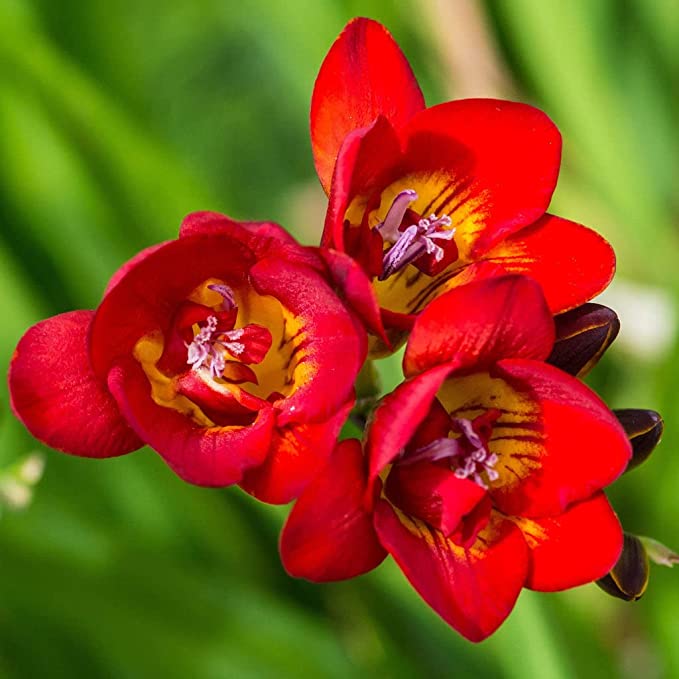
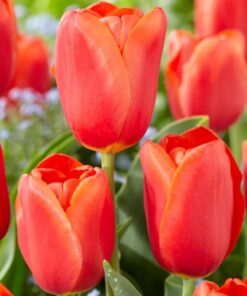
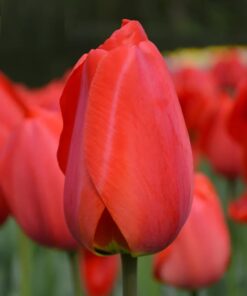
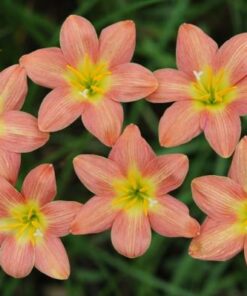
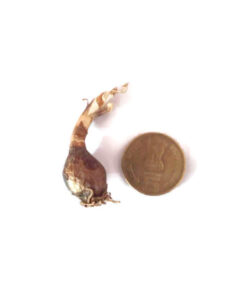
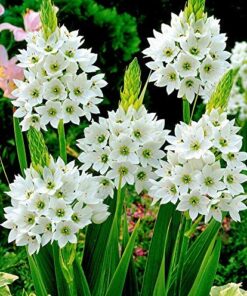
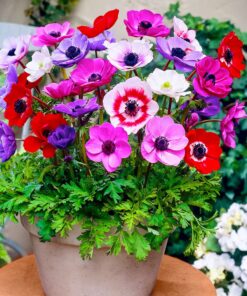

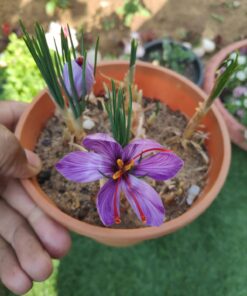
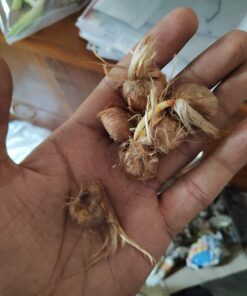
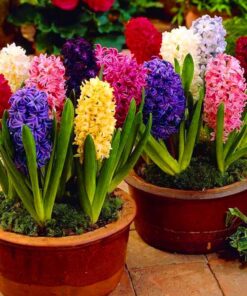
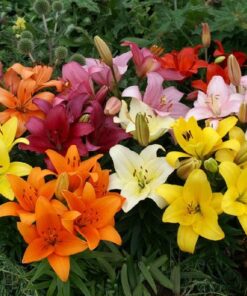
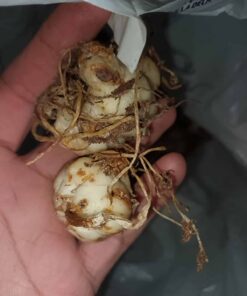
1 review for Freesia Maroon Red Bulb pack of 5 bulbs